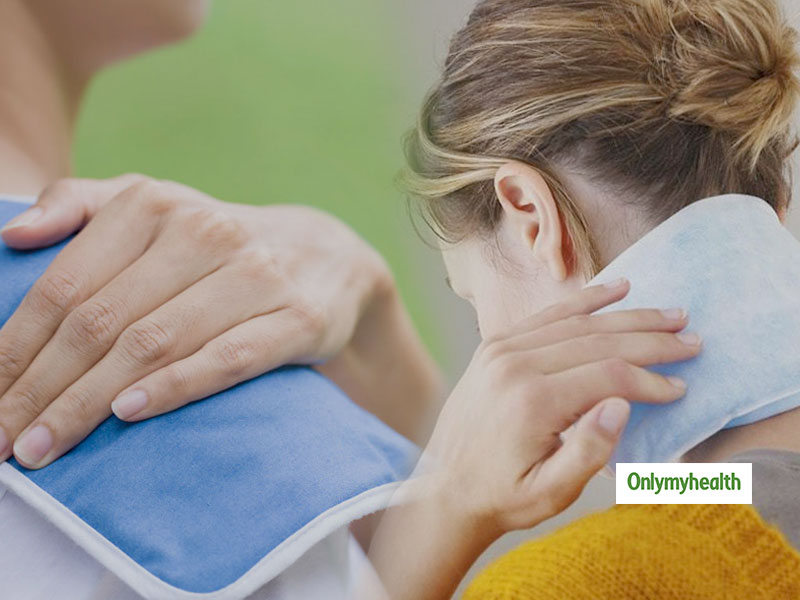
We all suffer from pain and injuries from time to time. Sometimes due to sitting at the desk for hours, you get upset with pain in the back, knees and other joints. In such a situation, most people use balm or painkillers to get relief from pain. But do you know that some people use heat and cold therapy? In both these therapies, people inflict swelling or joint pain with ice or warm water. But have you ever thought about when we should use heat therapy and cold therapy? Let us tell you about these two therapies and also what treatment you should do when and how.
Table of Content:-
Cold therapy
Ice therapy is mainly for acute pain, swelling and any new (rotator cuff) injuries. For example, if you are injured while playing football or running, you should use ice therapy. Because in such damages, when ice is applied to the inflamed area, it helps in reducing the swelling. It is also a better option for the treatment of inflammation after going to the gym or due to heavy exercise. Heat therapy should never be used in such injuries because applying heat in this situation can backfire, i.e. it can increase inflammation, which can increase your muscle pain.

When not to use cold therapy?
- It should be avoided when you have pain like muscle spasms because ice can make it worse.
- Do not apply ice to the skin with open wounds or blisters.
- Ice is not recommended for people who have arthritis.
Also Read: Not Only Greens, but You Must Also Include Yellow Foods In Your Diet
How to do cold therapy?
- There are two ways. First, seal the rotator cuff injury by putting ice pieces in the sealed bag.
- Second, place a wet towel in the freezer for 15 minutes.
- Take care, when you do ice therapy, do not commit more than 20 minutes at a time. Keep an hour gap between the two sessions and do not apply ice directly to your skin.
Heat therapy

Heat therapy is a better remedy for chronic pain and rotator cuff injury. The thing to keep in mind is that we do not use heat therapy in inflamed areas because it can make the inflammation worse. If your muscles are tense or stiff, heat treatment works best. This helps increase flexibility, but do not take heat therapy after exercising. Heat therapy helps in blood circulation at the site of pain by increasing the temperature.
When not to use heat therapy?
- If you are suffering from diabetes
- If you have dermatitis
- Also, if you are suffering from heart disease or high blood pressure, consult your doctor before using heat therapy.
Also Read: Water Purification At Home: Make Water Drinkable For You
How to do heat therapy?
- There are two methods of heat therapy: first dry heat using heating pads, dry heating packs.
- Second boiled towel, moistened with a heating pad or bathing with warm water.
- While doing this, keep in mind that only give heat therapy to the muscles for 15 minutes and then take an hour break.

When can both heat and cold therapy be used?
Back pain
Back pain is widespread in people with a desk job. Sitting in one place all day can cause bending, twitching, stiffness in your upper back. In such a situation, you can use both these therapies as per your convenience.
Also Read: Salt Therapy For Asthma For Lungs Cleansing
Headache or migraine
Ice therapy is best for severe headaches and migraines, while heat therapy can be an excellent option for problems caused by neck spasms.
Sprains or knee pain
If your knee is swollen or there is a sprain, then you can use both these therapies. First of all, use cold therapy and avoid rotator cuff injury or swelling with sleeping vector heat therapy.
Read More In Home Remedies
How we keep this article up to date:
We work with experts and keep a close eye on the latest in health and wellness. Whenever there is a new research or helpful information, we update our articles with accurate and useful advice.
Current Version